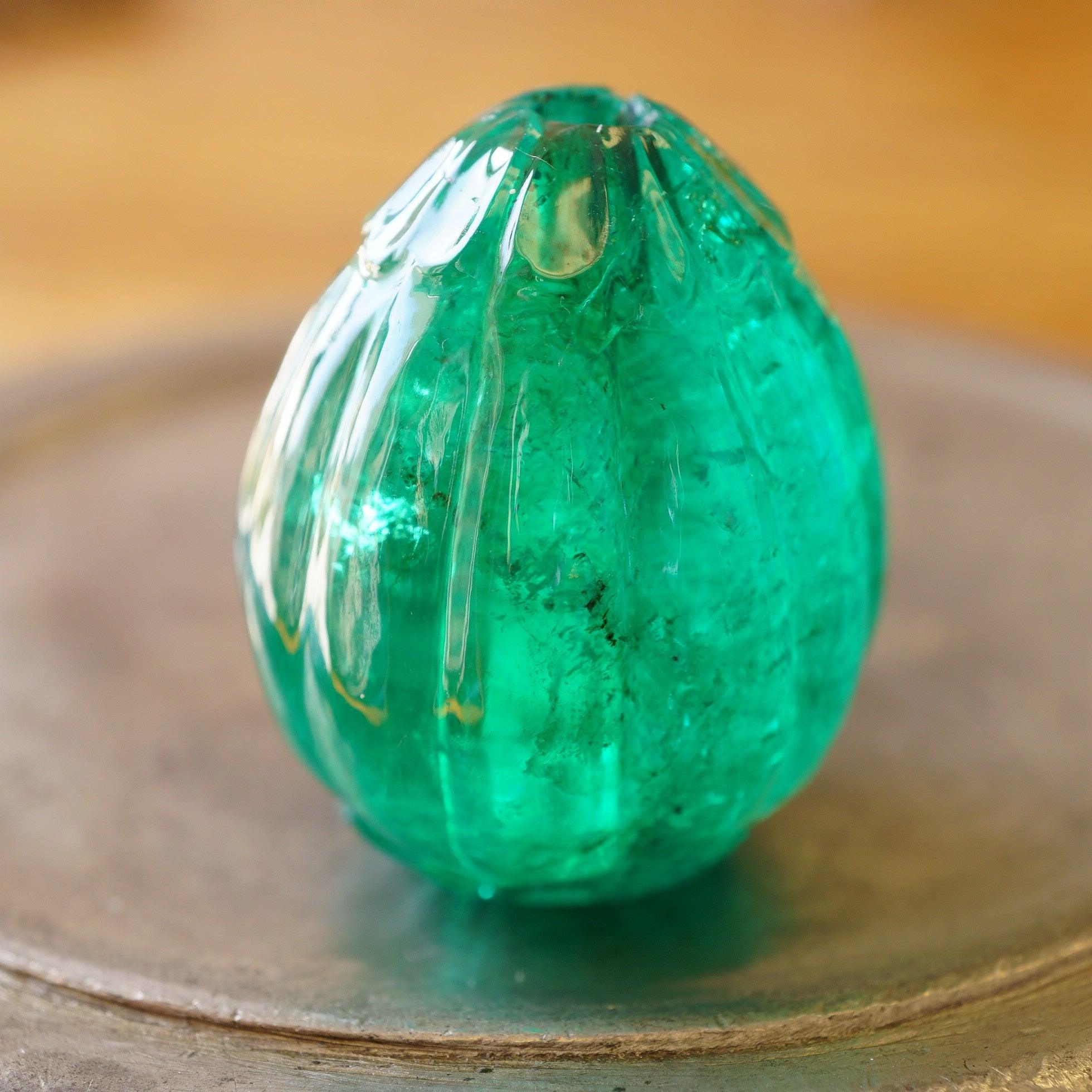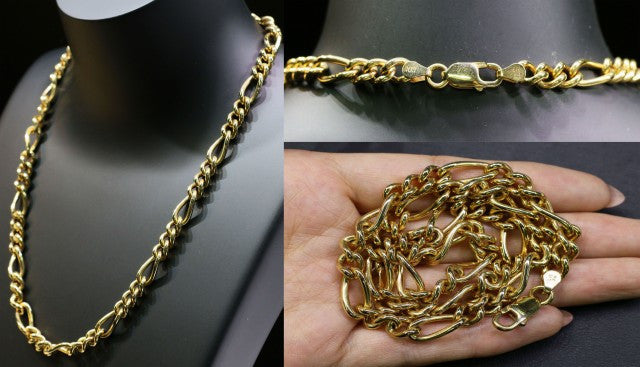
Why You Should Invest in Gems: Reasons to Diversify Your Portfolio with Precious Stones
When considering investment options, the search for assets that offer a blend of stability and potential for significant returns is an ongoing quest. Gemstones, often an overlooked and under-appreciated facet of the investment world, provide a distinctive opportunity characterized by a set of compelling factors that distinguish them from more conventional assets.
In this comprehensive guide, we delve into why investing in gemstones should be on your radar, examining the key factors that make them a viable investment option, comparing them to other assets, discussing historical sales data, exploring the current market demand, analyzing market trends, debunking common misconceptions, and addressing potential risks and risk-mitigation strategies.
Key Factors That Make Gemstones a Viable Investment Option
Gemstones, with their enduring allure, present a viable avenue for investment. Their value is underpinned by a combination of factors that set them apart from more traditional assets:
Intrinsic value: Gemstones, natural marvels of the Earth, have captivated humanity for centuries. Their exquisite beauty, historical significance, and cultural importance give them an intrinsic value that provides a solid foundation for their worth.
Rare and scarce: Gemstones can’t be manufactured or replicated, unlike other assets, making them inherently scarce. This unparalleled rarity also drives their long-term value.
Tangible and portable: Gemstones are tangible assets, which means you physically own them. Their portability and non-dependence on a centralized system make them a reliable store of wealth, even in times of economic instability.
Diversification: Diversifying your investment portfolio is crucial for risk management. Gemstones offer an uncorrelated asset class, potentially protecting your wealth during market downturns.
Consistent returns: Historically, gemstones have demonstrated an average year-over-year return of approximately 10%, making them an appealing option for long-term investors seeking steady growth. If the gemstone is purchased at an auction house, which has much less overhead than, say, a jewelry store, you might be able to negotiate a price below market value and see a 15% return on your investment.
Historical longevity: Gemstones have maintained their value over millennia. This long-term stability is an appealing factor for investors seeking wealth preservation.
Gemstones vs. Other Asset Classes
Among the multitude of asset classes available to investors, gemstones occupy a unique position. To truly appreciate their potential, it’s essential to examine how gemstones compare to more traditional investment options, such as stocks, real estate, and precious metals:
Stocks: While stocks offer the potential for high returns, they come with market volatility. Gemstones, as an uncorrelated asset—and thus not significantly influenced by the performance of the country, fluctuations of other individual investments or broader market trends—tend to move independently from traditional assets such as stocks and bonds, making them valuable for diversification. When stock markets experience volatility, gemstone values often remain stable or appreciate, acting as a buffer against losses in other areas of your portfolio.
Real estate: Real estate offers a solid investment option but lacks the portability and liquidity of gemstones. Gemstones are more flexible and can be more easily sold or transferred.
Precious metals: Precious metals such as gold and silver are valuable, but they’re vulnerable to market fluctuations and can be heavily influenced by geopolitical events. Gemstones offer an alternative store of value with less volatility.
Historical Data and Examples of Gemstone Investments
Historical data supports the notion that gemstones can be lucrative investments, with numerous examples of extraordinary returns. Here are three remarkable diamonds that not only captivated the world with their exquisite beauty but also fetched astonishing prices at auction:
The Pink Star Diamond: In 2017, the Pink Star Diamond, a stunning 59.60-carat pink diamond, was sold at auction for a remarkable $71.2 million, surpassing its pre-sale estimate by a substantial margin. This sale set a new world record for the highest price ever paid for a gemstone at auction.
The Blue Moon Diamond: In 2015, the Blue Moon Diamond, a 12.03-carat internally flawless blue diamond, sold for an astonishing $48.4 million at auction. This sale far exceeded its pre-sale estimate and underscored the demand for exceptional gemstones.
The Winston Blue Diamond: Another remarkable diamond, the Winston Blue, a 13.22-carat vivid blue diamond, sold at auction in 2014 for an impressive $23.8 million, well above its pre-sale estimate. This sale showcased the enduring allure and investment potential of rare colored diamonds.
Current Market Demand for Gemstones
Gemstones have a global demand that continues to grow, as investors and collectors alike are recognizing their enduring appeal as both a symbol of luxury and a sound investment. Key factors driving this demand include:
Expanding economies: As economies grow, more individuals have disposable income to spend on luxury items such as gemstones, both as symbols of status and as investment assets. The United States, for instance, has a robust market for gemstones, driven by collectors, investors, and the jewelry industry. Similarly, China's growing middle class and increasing wealth have led to a surge in demand for luxury items, including gemstones from various sources.
Cultural significance: Gemstones hold deep-seated cultural significance in various parts of the world, leading to sustained demand for specific types of gemstones. For instance, jadeite jade has a long history of cultural and spiritual significance in Asia, particularly in countries such as China, Myanmar, and Taiwan. High-quality jadeite jade can command exceptionally high prices in these regions.
Fashion and jewelry industries: The fashion and jewelry industry relies heavily on gemstones, driving a consistent and ever-evolving demand for high-quality gems.
Market Trends and Developments
In the ever-evolving world of gemstone investments, staying attuned to current market trends and developments is essential for making informed decisions. Here are some of the latest shifts and emerging dynamics that are shaping the landscape of gemstone investments:
Ethical and sustainable sourcing: Growing awareness of responsible sourcing practices has led to an increase in interest and demand for ethically and sustainably mined gemstones. Consumers and investors alike are seeking gemstones with transparent and responsible supply chains.
Blockchain technology: Blockchain technology is being increasingly employed to trace the provenance of gemstones, enhancing transparency and reducing the risk of fraud in the market.
Online marketplaces: The proliferation of online platforms and marketplaces has made it more accessible for investors to buy and sell gemstones, expanding the reach of the gemstone market.
Rising interest in Brazilian gemstones: Brazil, known for its rich gemstone deposits, has witnessed a surge in interest from both domestic and international investors. Gemstones such as Paraíba tourmaline and blue topaz, sourced from Brazil, are gaining recognition for their quality and unique appeal.
Common Misconceptions About Gemstone Investments
In the dynamic world of gemstone investments, navigating through the haze of misconceptions is essential for informed decision-making. Understanding and dispelling these misconceptions is crucial for making informed investment decisions in the gemstone market:
Lack of liquidity: While gemstones are not as liquid as stocks or as fungible as other collectibles, they can still be sold readily through reputable gem dealers, auctions, and online marketplaces. Keep in mind, however, that rare gemstones with extensive publicity and high demand tend to have greater liquidity than rare, lesser-known gemstones.
All gemstones appreciate: Not all gemstones qualify as good investments, particularly commercial colored stones and diamonds. Gemstones also don’t appreciate at the same rate. The value of gemstones depends on factors such as rarity, quality, and market demand.
Risks Associated with Gemstone Investments and Mitigation Strategies
While gemstone investments offer potential rewards, they’re not without their share of risks. Here are some of the inherent challenges of investing in gemstones, along with strategic insights to help mitigate these risks effectively:
Market volatility: Gemstone prices can fluctuate, but diversifying across a range of gemstone types and qualities can help mitigate this risk.
Authentication and fraud: Work with reputable gemstone dealers and be sure to only invest in gemstones that are accompanied by a certificate of authenticity from esteemed gem laboratories such as the Gemological Institute of America and the American Gemological Laboratories. Similar to an appraisal of a house, gemstone certificates help determine value, providing such information as gemstone origin, characteristics, and any treatments.
Storage and insurance: Store your gemstones securely and ensure they are adequately insured against theft or damage.
Gemstones offer a compelling investment opportunity due to their scarcity, tangibility, intrinsic value, and historical longevity. While they may not replace traditional assets, they can serve as a valuable addition to a diversified investment portfolio. As with any investment, thorough research and careful consideration of market trends and risks are essential. With the right approach, gemstones can shine as a valuable and rewarding investment option.


